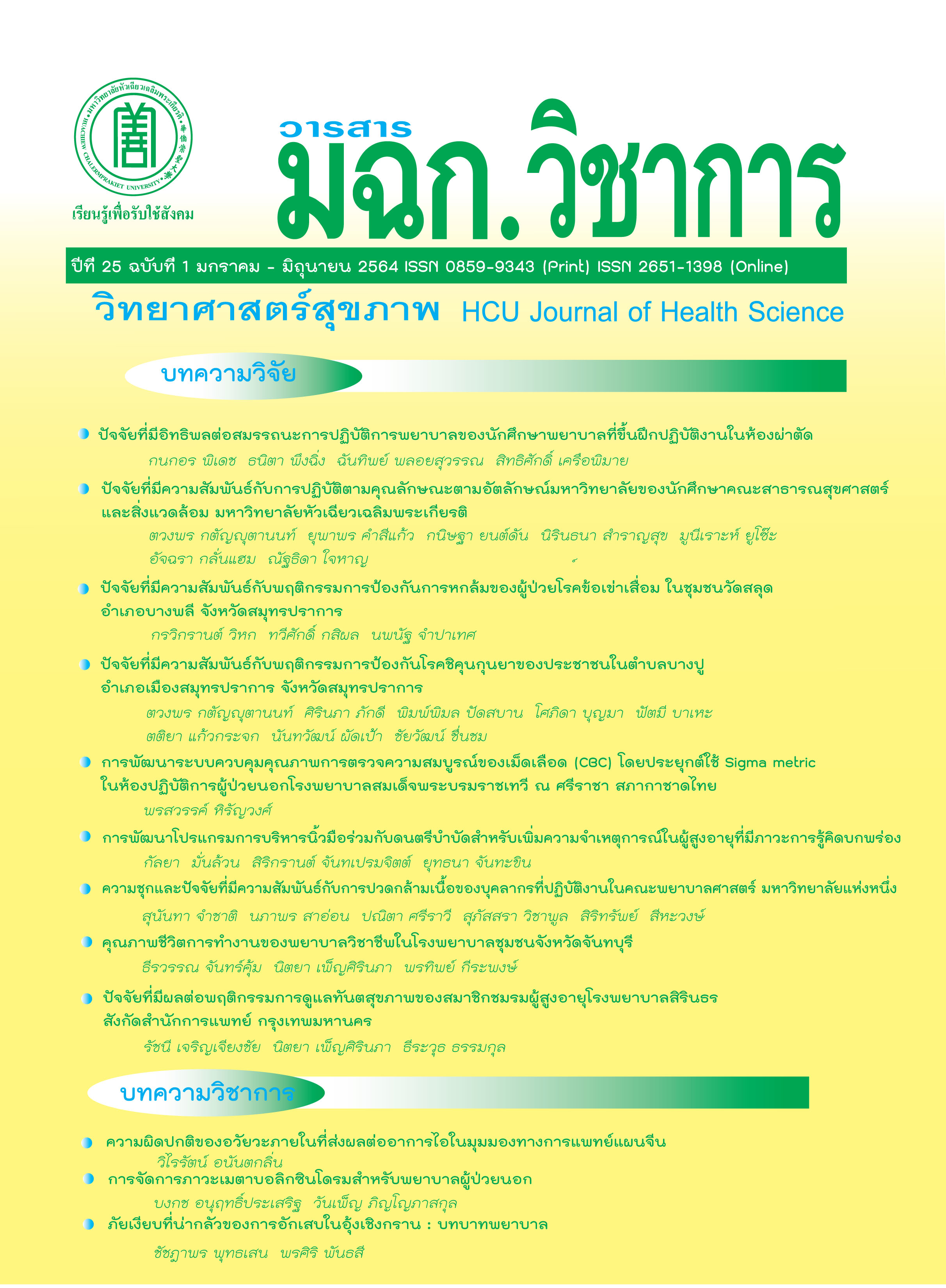The Effects of Sulodexide on the Prevention of Peritoneal Membrane Changes in Peritoneal Dialysis Patients
Keywords:
Sulodexide, peritoneal dialysis, peritoneal membraneAbstract
The objective of this placebo-controlled clinical study was to investigate the effects of sulodexide on the prevention of peritoneal membrane changes in CAPD patients by evaluating peritoneal membrane transports. A total of 66 patients, divided into 33 patients for each group, were included in this randomized control trial study. Patients were randomly assigned to receive either oral sulodexide 100 mg/day or a placebo. A 4-hour peritoneal equilibrium test was performed to evaluate peritoneal transport function. 61 patients completed the 3-month study. After the treatment period, there was a significantly lower D/P creatinine in the sulodexide group than in the placebo group (p-value = 0.04). However, no significant difference in D/D0 glucose was observed between the two groups. For ultrafiltration volume, there was a significantly higher volume in the sulodexide group when compared to the placebo group (p-value = 0.01). Besides, adverse event of sulodexide was not different from the placebo group. In conclusion, the administration of oral sulodexide has a potentially beneficial effect in the prevention of peritoneal membrane damage in PD patients.
Downloads
References
Grassmann A, Gioberge S, Moeller S and Brown G. ESRD patients in 2004: global overview of patients numbers, treatment modalities and associated trends. Nephrol Dial Transplant 2005; 20:2587–93.
Dhanakijcharoen P, Sirivongs D, Aruyapitipan S, Chuengsaman P and Lumpapong A. The “PD First” Policy in Thailand : Three-Years Experiences (2008-2011). J Med Assoc Thai 2011;(Suppl.4):S153-61.
The Nephrology Society of Thailand. Thailand Renal Replacement Therapy Year 2015. Available from: http://www.nephrothai.org/TRT/TRT2015/index.html
Liu FX, Quock TP, Burkart J, Noe LL, Inglese G. Economic evaluations of peritoneal dialysis and hemodialysis: 2004–2012. F1000 Research 2013;2(273).
Schilte MN, Celie JW, Wee PM, Beelen RH, van den Born J. Factors contributing to peritoneal tissue remodeling in peritoneal dialysis. Perit Dial Int. 2009;29(6):605-17.
Devuyst O, Westrhenen RV, Topley N. Long-term peritoneal dialysis patients: changes in membrane structure and function. In: Khanna R, Krediet RT, editors. Nolph and Gokal’s textbook of peritoneal dialysis. 3rd ed. New York: Springer; 2009. p. 757-80.
Baroni G, Schuinski A, de Moraes TP, Meyer F, Pecoits-Filho R. Inflammation and the peritoneal membrane: causes and impact on structure and function during peritoneal dialysis. Mediators Inflamm 2012;2012:912595.
Kaneko K, Hamada C, Tomino Y. Peritoneal fibrosis intervention. Perit Dial Int 2007;27 Suppl 2:S82-6.
Smit W, Schouten N, van den Berg N, Langedijk MJ, Struijk DG, Krediet RT. Analysis of the prevalence and causes of ultrafiltration failure during long-term peritoneal dialysis: a cross-sectional study. Perit Dial Int 2004;24(6):562-70.
Krediet RT, Boeschoten EW, Zuyderhoudt FM, Arisz L. Peritoneal transport characteristics of water, low-molecular weight solutes and proteins during long term continuous ambulatory peritoneal dialysis. Peritoneal Dialysis International 1986;6(2):61-5.
Chaudhary K. Peritoneal dialysis drop-out: cause and prevention strategies. Int J Nephrol 2011:1-9.
De Vriese AS, Mortier S and Lameire NH. Non anticoagulant effects of heparin: implications for animal models of peritoneal dialysis. Perit Dial Int 2001;21Suppl3:S354-6
Margetts P.Heparin and the peritoneal membrane. Perit Dial Int 2009;29(1):16-9.
Farooq V, Hegarty J, Chandrasekar T, Lamerton EH, Mitra S, Houghton JB, et al. Serious adverse incidents with the usage of low molecular weight heparins in patients with chronic kidney disease. Am J Kidney Dis 2004;43(3):531-7.
Harenberg J.Review of pharmacodynamics, pharmacokinetics, and therapeutic properties of sulodexide. Med Res Rev 1998;18(1):1-20.
Lauver DA andLucchesi BR. Sulodexide: a renewed interest in this glycosaminoglycan. Cardiovasc Drug Rev 2006;24:214-26.
Fracasso A, Baggio B, Ossi E, Prete DD, Bonfante L, Bazzato G, et al. Glycosaminoglycans prevent the functional and morphological peritoneal derangement in an experimental model of peritoneal fibrosis. Am J Kidney Dis 1999;33(1):105-10.
Koron J, Polubinska A, Antoniexicz AA and Jasinska KS. Anti-inflamatory effect of sulodexide during acute peritonitis in rats. Blood Purif 2007;25:510-14.
Pletinck A, Van Landschoot M, Steppan S, Laukens D, Passlick-Deetjen J, Vanholder R, et al. Oral supplementation with sulodexide inhibits neo-angiogenesis in a rat model of peritoneal perfusion.Nephrol Dial Transplant 2012;27(2):548-56.
Bazzato G, Fracasso A, Gambaro G and Baggio B. Use of glyscoaminoglycans to increase effiency of long-term continuous peritoneal dialysis. Lancet 1995;346:740-1.
Fracasso A, Baggio B, Bazzato G, Masier M, Feriani M and Gambaro G. Effect of oral treatment with the glyscoaminoglycanssulodexide on peritoneal transport in CAPD patients. Perit Dial Int2003; 23( 6):595-8.
Guedri Y, Damma KN, Toumi M, Sahtout W, Azzabi A, Mrabet S, et al. Effect of intraperitoneal injection of sulodexide on peritoneal function and albumin leakage in continuous ambulatory peritoneal dialysis patients. Saudi J Kidney Dis Transpl. 2016 Nov-Dec;27(6):1194-1199.
Goffin E. Peritoneal membrane structural and functional changes during peritoneal dialysis. Semin Dial 2008;21(3):258-65.
Lamb EJ1, Worrall J, Buhler R, Harwood S, Cattell WR and Dawnay AB. Effect of diabetes and peritonitis on the peritoneal equilibration test. Kidney Int. 1995 Jun;47(6):1760-7.
Downloads
Published
How to Cite
Issue
Section
License
บทความที่ได้รับการตีพิมพ์เป็นลิขสิทธิ์ของวารสารวิทยาศาสตร์สุขภาพและสุขภาวะ
ข้อความที่ปรากฏในบทความแต่ละเรื่องในวารสารวิชาการเล่มนี้เป็นความคิดเห็นส่วนตัวของผู้เขียนแต่ละท่านไม่เกี่ยวข้องกับมหาวิทยาลัยหัวเฉียวเฉลิมพระเกียรติ และคณาจารย์ท่านอื่นๆในมหาวิทยาลัยฯ แต่อย่างใด ความรับผิดชอบองค์ประกอบทั้งหมดของบทความแต่ละเรื่องเป็นของผู้เขียนแต่ละท่าน หากมีความผิดพลาดใดๆ ผู้เขียนแต่ละท่านจะรับผิดชอบบทความของตนเองแต่ผู้เดียว




